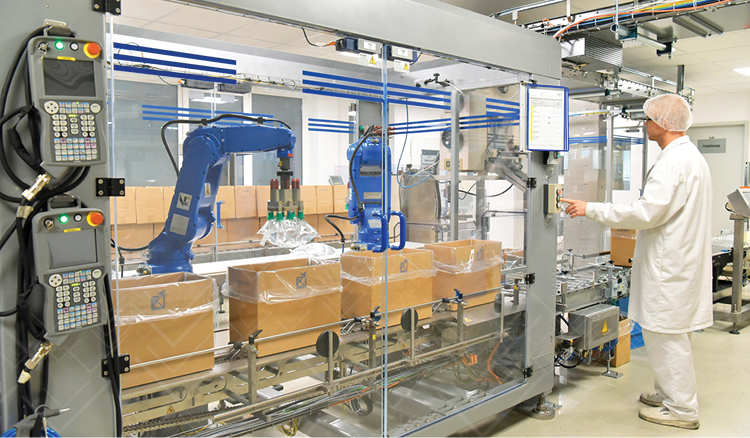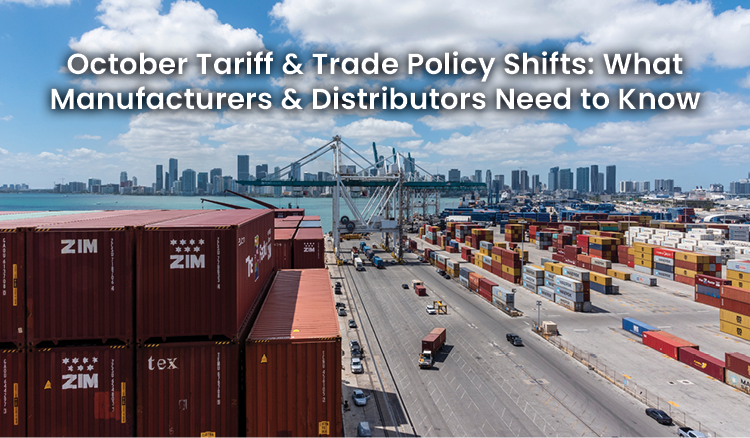Takt Time: What It Is and Why It Matters for Production Planning
Takt Time is a fundamental planning metric in manufacturing that defines the rate at which production must occur to meet customer demand. While Cycle Time measures how long a unit actually takes to produce, Takt Time defines how fast a unit needs to be produced to satisfy required volume. For plant leadership, Takt Time is the benchmark pacing metric that determines whether current capacity, resources, and staffing can support demand without overproducing or falling behind schedule.
What Is Takt Time?
Takt Time is calculated by taking available production time during a shift or period and dividing it by customer demand for that same period.
Takt Time = Available Production Time / Customer DemandTakt Time = Available Production Time / Customer Demand
If a line has 480 minutes of run time in a shift and the customer requires 960 units produced that shift, the Takt Time target becomes 30 seconds per unit. That means every 30 seconds, one complete unit must exit the process to maintain demand pace.
This is the pacing standard that determines how fast operators, equipment, and supporting process steps must perform.
Why Takt Time Matters for Operations Leadership
Takt Time provides a decision-making reference point for everything that happens inside operations. It is the foundation for:
- determining if you have enough labor and equipment capacity to meet orders
- evaluating if production performance is demand capable
- aligning staffing levels to protect predictable output
- understanding where operational bottlenecks are structurally located
- stabilizing scheduling, material staging, and flow management
Takt Time is a constraint clarifier.
If Cycle Time > Takt Time → you cannot hit demand without additional capacity.
If Cycle Time < Takt Time → you risk overproduction, inefficiency, and WIP buildup.
This makes Takt Time one of the few KPIs that is simultaneously used in financial modeling, S&OP alignment, production engineering, and daily floor execution.
What Causes Takt Gaps in Real Production Environments
Most Takt misses are not caused by process engineering failures — they are caused by operational variability, especially labor variability.
The most common reasons leaders fail to maintain Takt Time include:
- variation in skill / operator performance across shifts
- absenteeism or short-notice labor shortages at constraint stations
- material presentation inconsistencies slowing task execution
- short-term demand surges without matching labor capacity
- forcing teams into overtime fatigue that reduces execution speed
This is particularly true in automotive tier operations where variation tolerance is extremely low and demand pacing is non-negotiable.
Best Practices to Consistently Achieve Takt Time
Ops leaders who consistently sustain Takt performance do not treat it as a static number — they treat it as a dynamic condition that must be protected.
Strong Takt management practices include:
- designing work content so no station is structurally above Takt
- resourcing the constraint first — not staffing evenly by headcount
- continuously measuring variation between actual run vs takt run
- holding daily readiness checks against takt feasibility
- calibrating labor allocation based on the hourly demand pacing plan
When capacities drift, Takt collapses. Maintaining Takt is maintaining flow.
How Veryable Helps Protect Takt Time in Tiered Supply Manufacturing
Traditional fixed staffing models cannot easily adapt when Takt pacing needs shift upward or downward — especially when customer schedules move inside short windows (common in automotive Tier 2/Tier 3 supply).
Veryable enables manufacturers to deploy trained on-demand operators exactly when the process requires additional support — not after Takt variation has already eroded throughput.
This labor agility is what allows plants to maintain stable pacing even when customers accelerate releases, approve emergency shipments, or modify weekly schedules with very little warning.
Veryable protects Takt by ensuring you can match labor capacity to real-time demand pacing — not the average of last month.
Real-World Example: Takt Recovery with Flexible Labor
A Tier 2 automotive assembly supplier had a Takt requirement of 41 seconds per unit based on weekly demand commitments. During periods of mixed-model build, the second assembly station repeatedly fell behind Takt whenever staffing was reduced or absenteeism hit this specific position. Even a 10–12 second slip at this station created immediate WIP cascade and forced weekend overtime to recover.
Instead of overstaffing permanently or holding buffer labor all “just in case,” the company used Veryable to deploy 1-2 trained on-demand operators at the bottleneck station only during weeks where order release volatility increased.
With the constraint protected, the line consistently held Takt Time between 40–41 seconds, eliminated weekend recovery shifts, and improved schedule adherence by 11%—without increasing fixed labor costs.
Conclusion
Takt Time is one of the most important operational planning metrics in manufacturing because it translates customer demand into a practical pacing expectation for production. When organizations align resource allocation to protect Takt — especially at constraint stations — they achieve more stable output, more predictable schedules, and lower cost per unit.
With the ability to flex labor capacity to match real demand pacing, Veryable provides manufacturing leaders the control and agility necessary to maintain Takt consistency under real-world volatility — not just theoretical planning.
Previous Posts
October Tariff & Trade Policy Recap: Delayed Pharma Tariffs, Truck Duties Finalized, and New Enforcement Pressures
The Future of Manufacturing and Logistics
Create a free business profile today to explore our platform.






